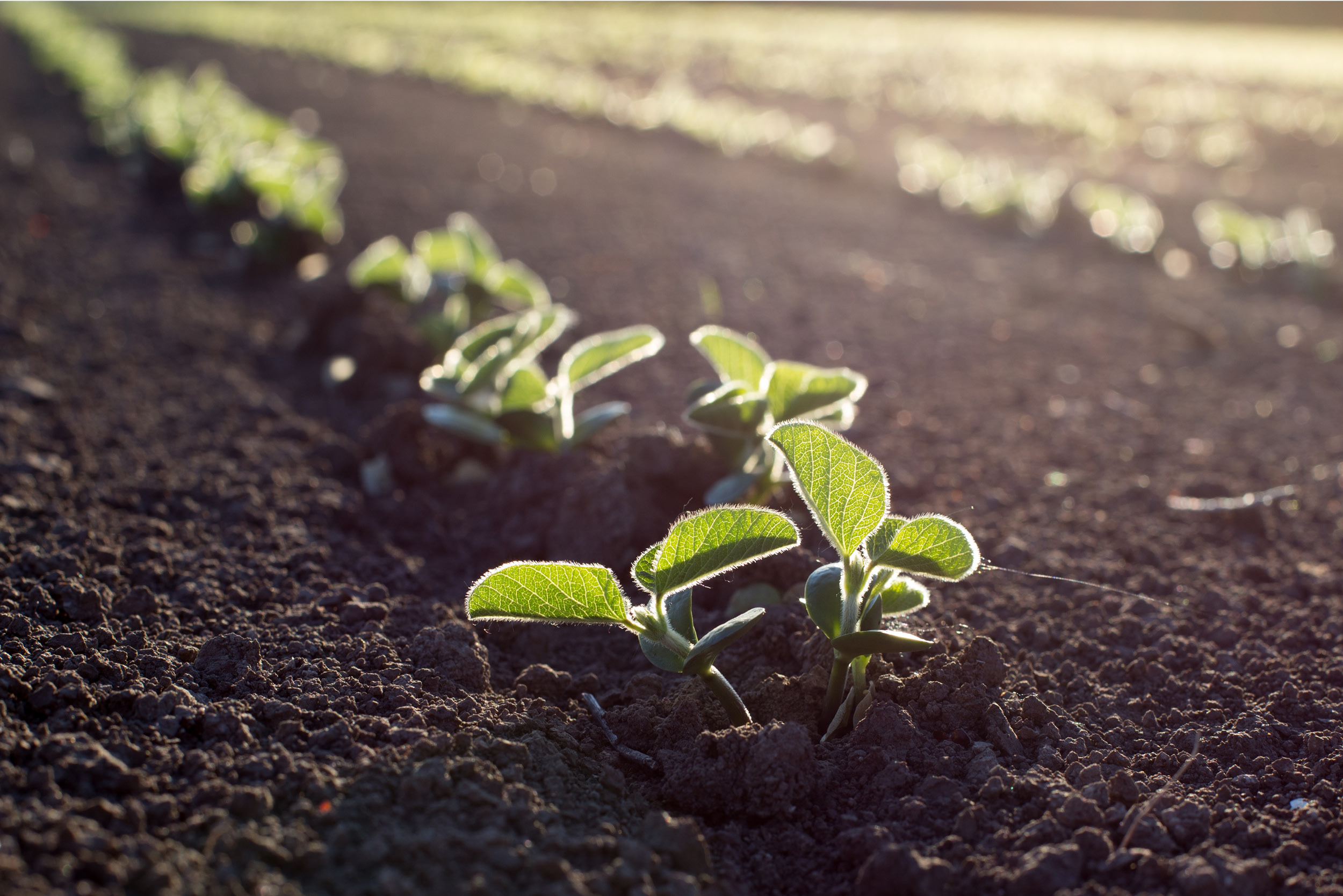IP Crop Network – June Report
Planting is nearly complete across the Upper Midwest, with most states finishing up the crop’s final 10%. Below average temperatures are hindering growth, but once temperatures increase, the current soil moisture should lead to good plant growth.
For farmers growing identity preserved (IP) crops in northern Wisconsin, the past two weeks have been cooler and wetter than preferred. While soybean planting has finished and emergence in no-till has been slow, the edible dry bean crop has seen planting progress at a rapid pace and good emergence. Most dry beans are grown on fully tilled soils. There have been very few slugs or other pest issues, and herbicides have had ample rainfall to activate. Flowering will begin on the earliest planted soybeans by the summer solstice, June 21.
Southern Wisconsin is slightly ahead in development due to warmer-than-average temperatures, while cooler conditions in northern parts of the state are contributing to slower crop progress. Recent rainfall has helped improve overall soil moisture levels, though pockets of dryness remain. Forecasts for the coming week indicate cooler and drier-than-normal conditions across the region, which may slow growth in some fields. Thus far, no widespread disease or pest problems have been reported. However, regular scouting remains important, particularly as conditions shift. Weed pressure is beginning to build, with ragweed and other common species emerging. Timely herbicide applications and integrated weed management strategies will be key in minimizing competition and preserving yield potential. Overall, crop conditions remain favorable for strong yields, if growers continue proactive monitoring and timely rainfall throughout the remainder of the growing season.
In Illinois, over 60% of soil has adequate moisture levels, showing promise for the season ahead. Most planting is finished, and emergence is high for corn and soybeans. Emergence rates are higher than last year, but still slightly below the five-year average.
In May, more than 90% of all soybean acreage was planted in Minnesota, compared to just 69% in 2024 and an average of 74%, indicating good conditions for spring planting. Temperatures are lower than average, delaying germination and emergence in some areas, although emergence is generally considered good in current conditions. In the Crookston area in northwest Minnesota, the temperature is above average. All of central Minnesota is experiencing a surplus of around one inch of rainfall in most areas, but the corners are below average by the same. Across the state, 70% of areas have reported sufficient moisture levels. In mid and late-May, the state experienced high winds, which resulted in wind-induced soil erosion reported in some areas of the state.
North Dakota has reported higher-than-average emergence of both corn and soybeans due to excellent early planting conditions. Corn is10% higher than last year and 17% higher than the 5-year average, while soybeans are 11% higher in both categories. Soil moisture is 76% adequate, leading to good growing conditions.
SSGA’s IP Crop Network will be published twice a month, highlighting growing conditions for identity preserved crops from different regions around the country. The reports include both firsthand accounts and data from the National Agricultural Statistics Service (NASS) weekly Crop Progress reports.






Leave a Reply
Want to join the discussion?Feel free to contribute!